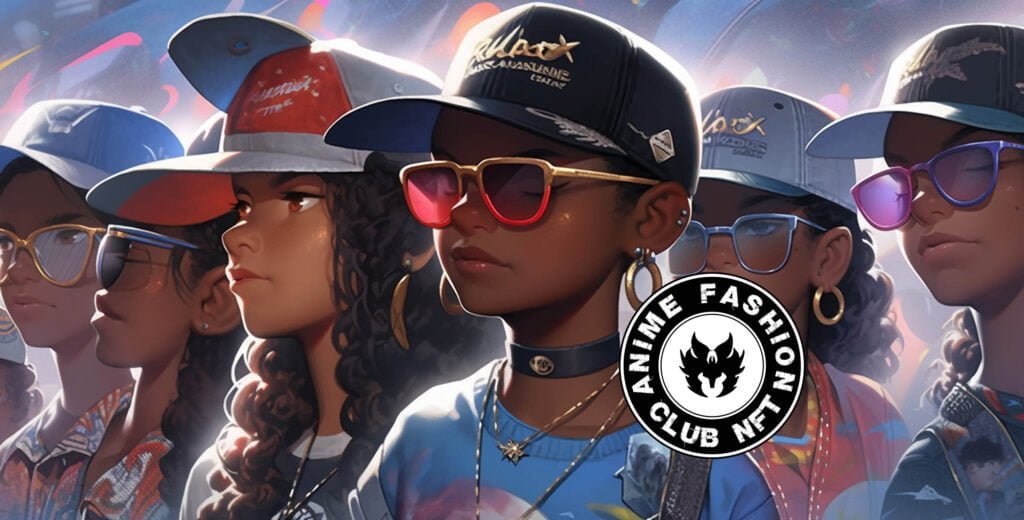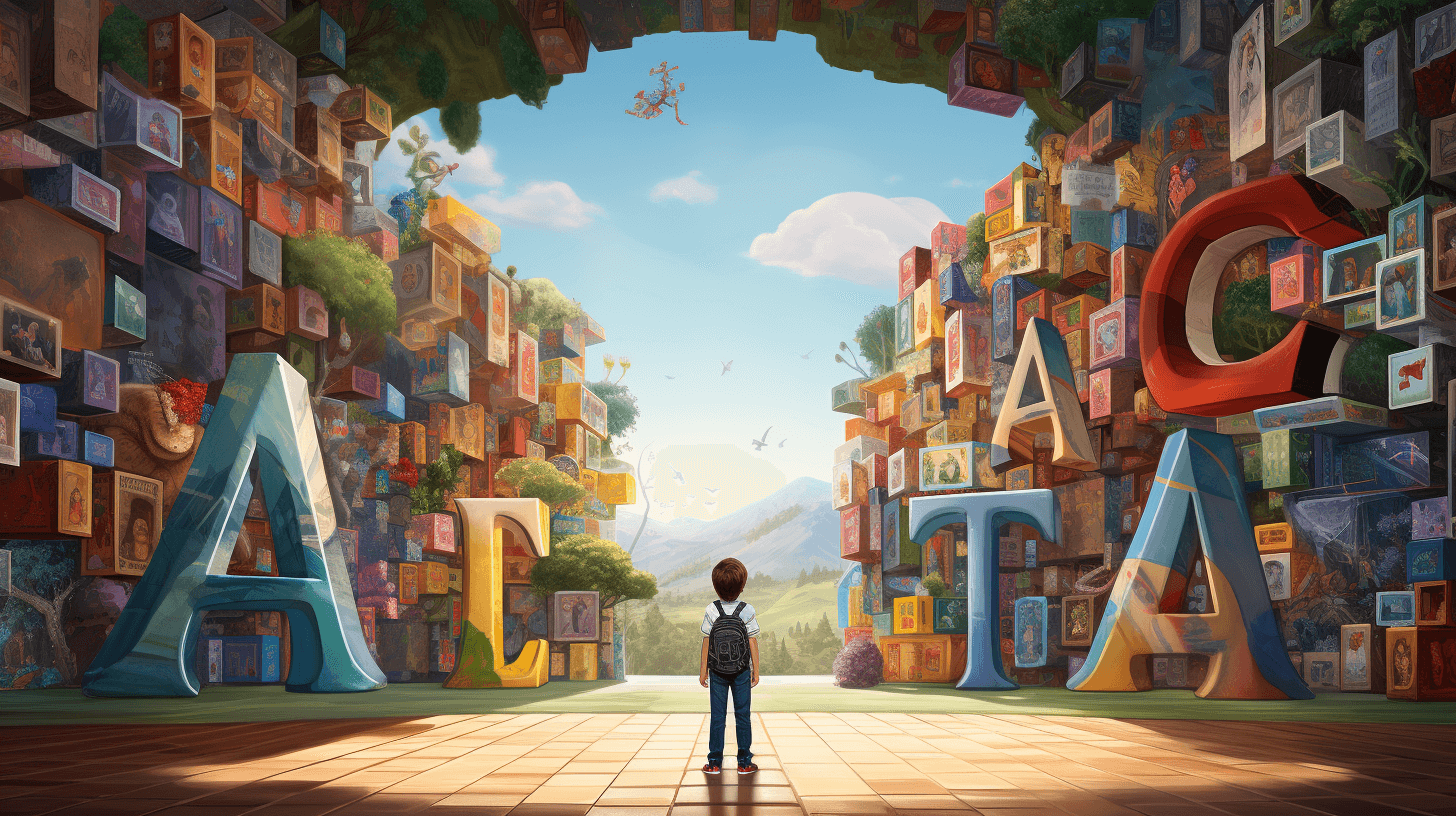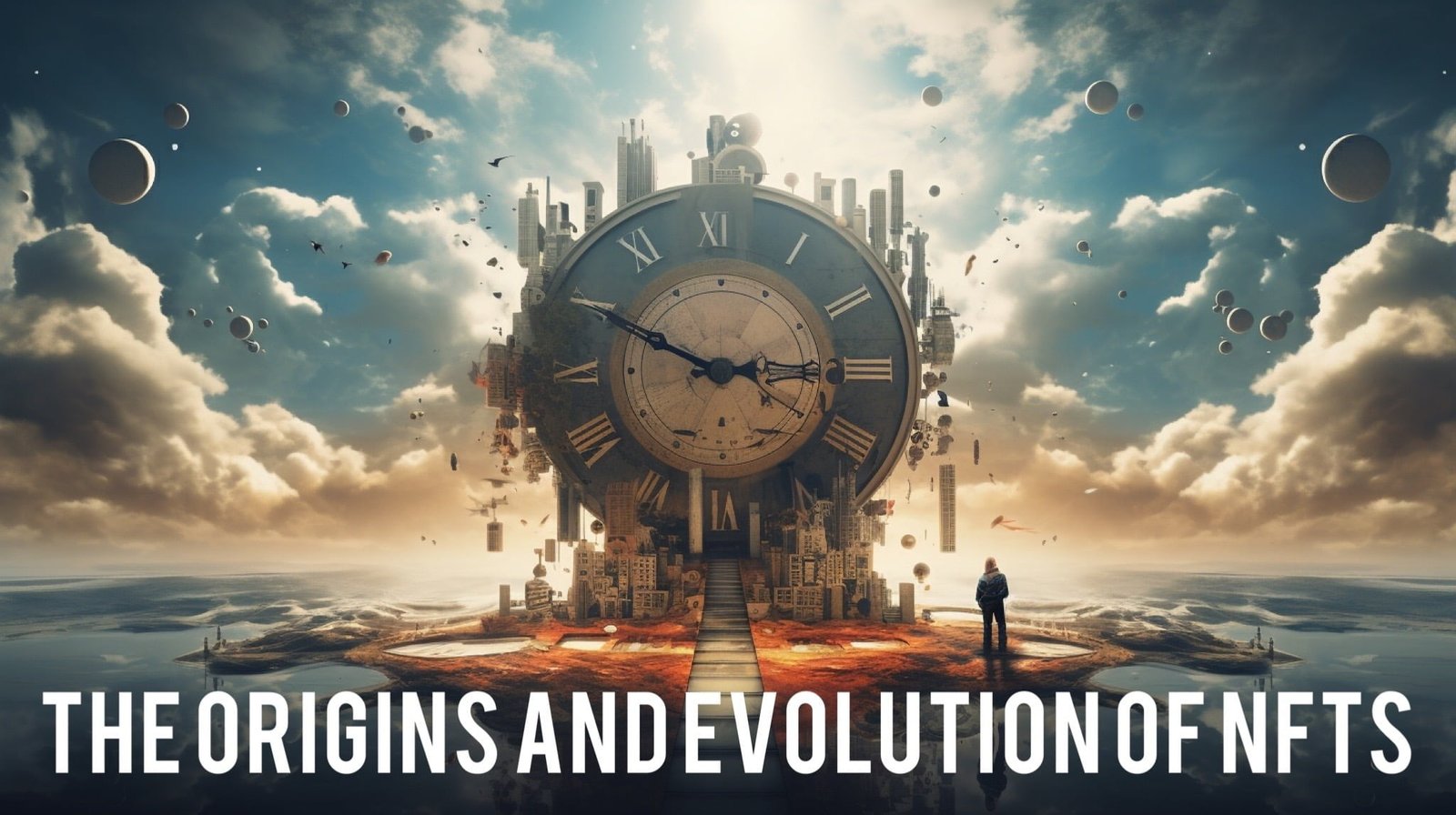NFT art has exploded in popularity recently, with major sales and headlines. But for many, confusion persists around what exactly NFT art is and how it works. Let’s break down in simple terms how to demystify NFT art.
Digital Scarcity
NFT stands for non-fungible token. It’s a unique digital certificate proving ownership of a digital asset on the blockchain. This could be art, music, videos, tweets, etc.
Unlike normal jpegs, NFT art is one-of-a-kind or limited edition. NFTs introduce verifiable scarcity to otherwise infinitely duplicatable works. This creates value and demand.
Blockchain Verification
NFT ownership is recorded on public blockchains like Ethereum. This creates an indisputable public record of provenance and authenticity. NFT art purchases come with a blockchain receipt to definitively prove ownership.
Programmable Perks
NFTs aren’t just static jpegs. They can be programmed to provide utility like special access, merchandise discounts, voting rights, royalties, and more for holders. This further incentivizes purchase and creates value.

Related: “Top 7 Reasons Why NFT Art Increases in Value“
Direct Support for Artists
A major benefit of NFT art is letting digital creators directly monetize their work. Artists can sell unique pieces and retain rights. No more free art exploits. NFT art can provide ongoing royalties too.
Environmentally Costly (For Now)
Most NFTs still rely on power-hungry blockchain networks. This has raised environmental concerns. But more energy-efficient solutions are in development.
Speculative Mania
Like any new tech, hype and speculation abound. But NFT capabilities extend far beyond digital art. Music, games, credentials, real estate, and more are emerging.
In summary, NFT art utilizes blockchain, scarcity, and programmability to verify digital ownership and create new markets. Despite growing pains, the potential to empower artists and creators is immense.
Source: “Meaning of NFTs: What is NFT Artwork?” by Ansy A1


